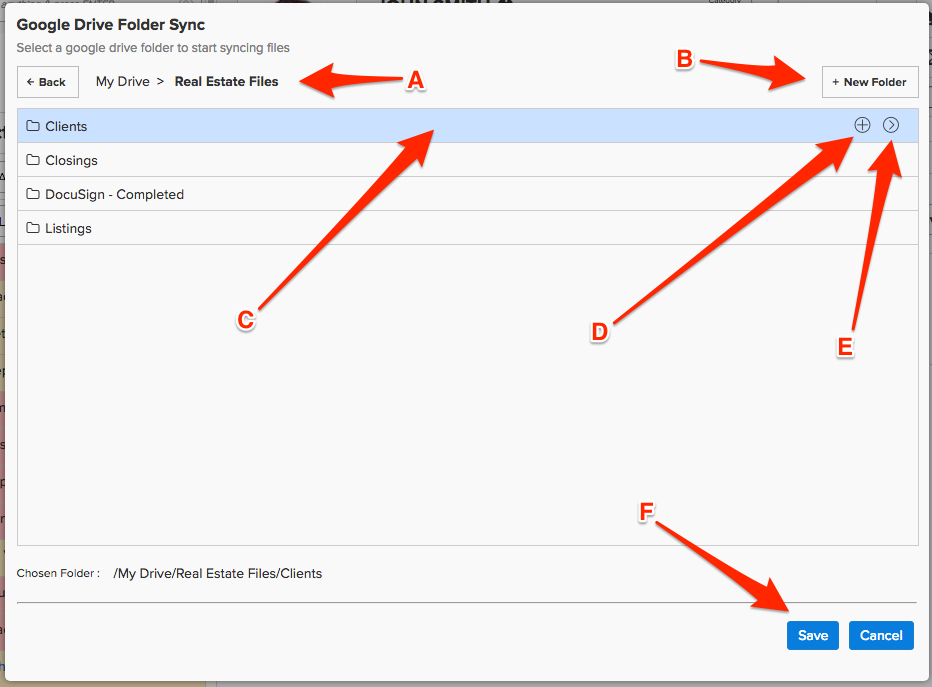
You can set IdleTime for this, so you can configure a regular time span for detecting and implementing changes. This will leave the mundane task of updating backup files to the software. When a change happens, it will execute a user-defined command line, so it will automatically sync with the target storage. With this, the software will continuously monitor the folders you have identified, waiting for any file change notification. This is helpful for continuous folder synchronization.

It will then show you how it plans to synchronize the differences, so you can manually audit them just in case you do not need to copy everything.Īnother advantage of this tool is RealTimeSync. Just pick the folders that you would want to compare, and the software will show you a detailed list of all the differences that it found following the qualifiers you identified. Under "My Drive syncing options," select Stream files or Mirror files.The two basic steps of FreeFileSync lets you compare and synchronize your data.Configure My Drive for streaming or mirroring You can stream or mirror My Drive, depending on your preferences. Additionally, files from shared drives, other computers, and backed-up USB devices can only be streamed. While you can choose whether to mirror or stream your My Drive files, other folders on your device can only be mirrored. Learn more about streaming behavior with macOS. Important: Recent versions of macOS may have a slightly different streaming behavior. You can access files through a mounted drive on your computer. All files, including those available offline, can be accessed only when the app is running.

Files that are not available offline can only be accessed when you’re connected to the internet. Hard drive space is only used when you open files or make them available offline. With streaming, your files are stored in the cloud. You can access files through a folder on your computer. You can access your files at any time, even when you don’t have an internet connection or the Drive for desktop app running. With mirroring, your files are stored in the cloud and on your computer, which takes up hard drive space.


In both cases, any changes you make to your files on one device will be reflected everywhere. Mirroring and streaming are two ways to sync your files.


 0 kommentar(er)
0 kommentar(er)
